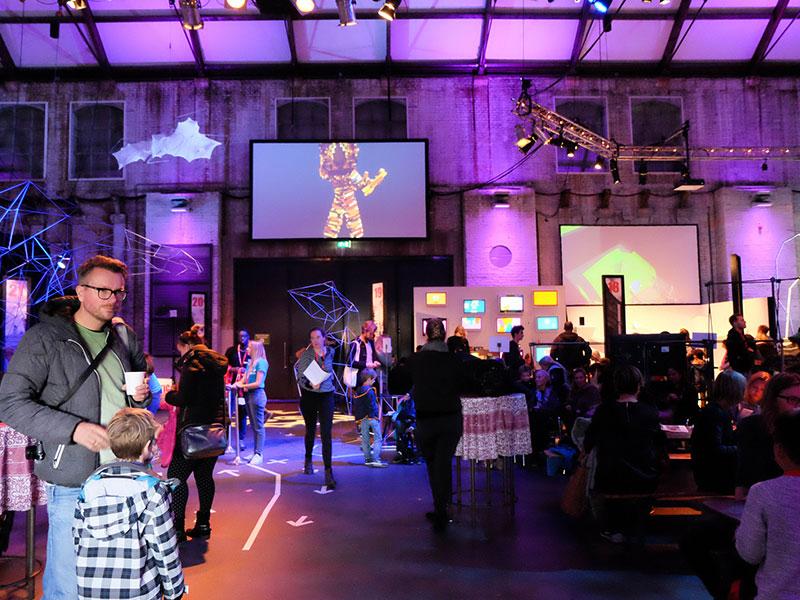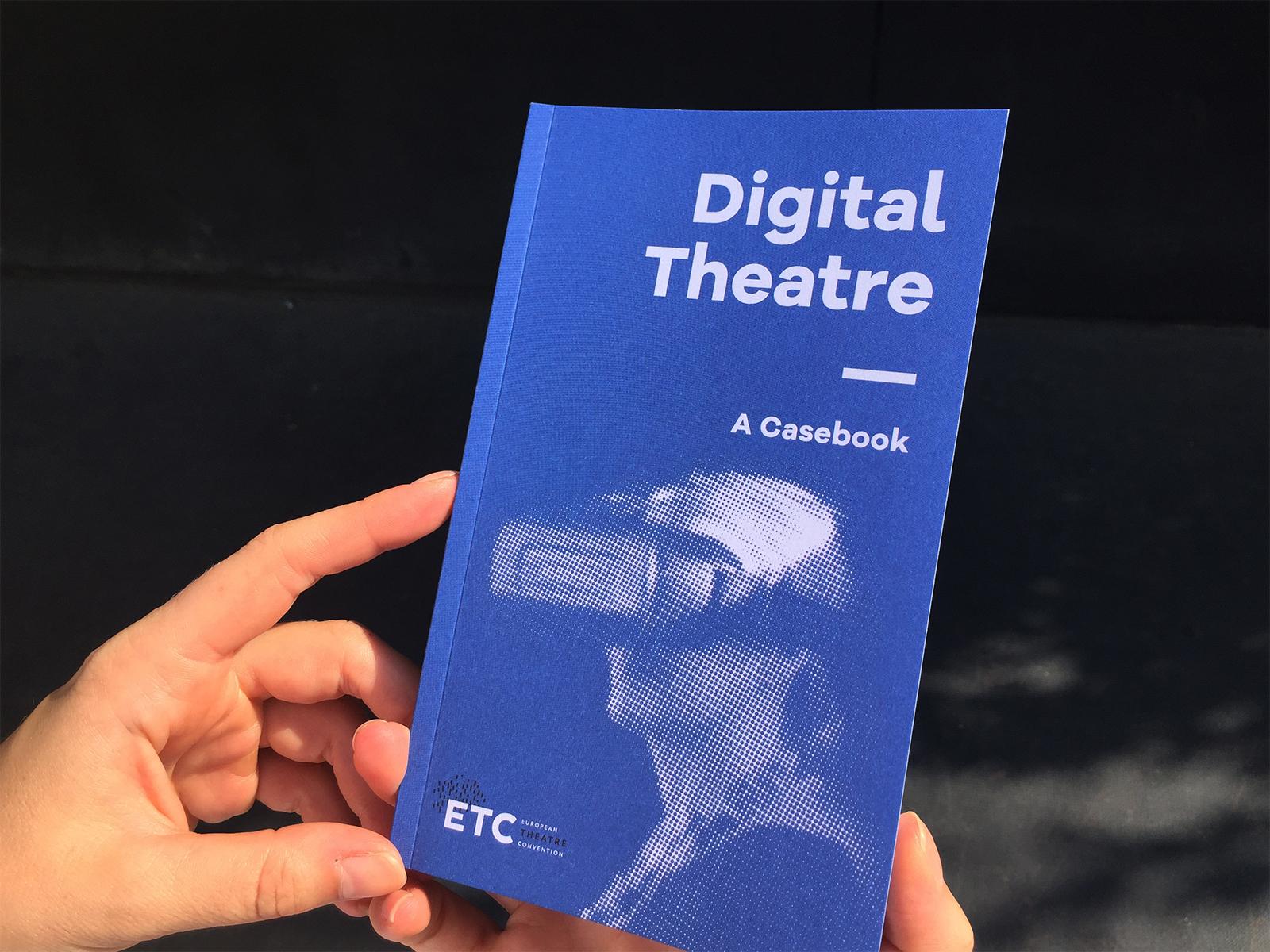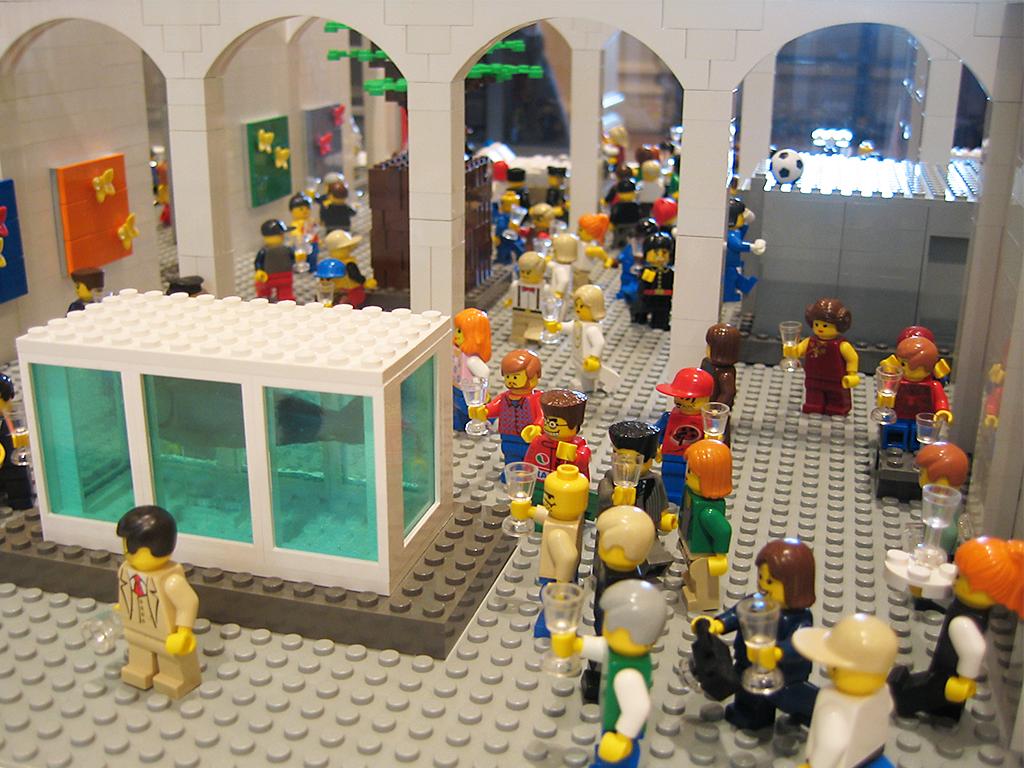The October Digital Museum Lab meet up was held at Cinekid MediaLab as we expected the interactive installations there to be inspirational not only for kids, parents and teachers but also for museum professionals. Every autumn, Cinekid organises the Cinekid Film, Television and New Media Festival for children during the school holidays. The Cinekid MediaLab is part of that and is a digital playground where visitors can learn in an active way about the possibilities of different media.
More than forty different games, installations and workshops provide room to experiment, play and learn. A good place to be if you want to explore interactive experiences! Some 15 professionals from organisations such as NEMO, the Van Gogh Museum and University of Delft as well as a number of museum freelancers joined the Digital Museum Lab team for a guided tour and drinks and conversations afterwards.
Most installations at Cinekid could easily have a museological context, even though they were developed for different purposes. A very popular installation was Treehugger. Treehugger is a virtual reality experience, developed by Marshmallow Laser Feast, which aims to restore the relationship between man and nature and our mind to shift from consumerism to environmental conservation. The longer you embrace the tree, the deeper you penetrate into a hidden world that stretches the boundaries of your senses. You discover the hidden inner structure of the tree. Kids loved it so much, it was continuously ‘booked’.

(Image credits: Treehugger - Marshmellow Laser Feast)
The installation Fiet responds to sounds and behaves like a (scared) animal, trembling when it hears high pitched sounds. Can a thing that behaves like an animal evoke the same feelings as a real animal? From our empathic gazes, I would say yes ;-).
Waag provided the Smart Kids Lab. Here children can measure the quality of their living environment themselves, measuring air quality, acidity, light etc. They can even build their own tools for it. And aggregate the data they measure online on a map of the city. The Smart Kids Lab is a collaboration with Cinekid and RIVM and is part of the Making Sense project, a European program that examines the opportunities to analyze our surroundings with open-source technology citizens ourselves.
In other workshops, visitors could create a hologram of themselves, make analogous 3D prints with paper pulp or build an animalist character with Golem, a pneumatic modular kit to build robots, consisting of laser cut parts and simple electronics.
I think we were all inspired by the diversity of the installations and surprised by the enthusiasm of all the kids running around. We saw less apps than last year, the VR installations clearly were the ‘next big thing’ now and definitely interesting to pursue further. Luckily the DML team already decided to program a special meet up on museums and VR later this year. We’ll keep you posted.
The Digital Museum Lab aims to encourage experimentation, reflection and evaluation and facilitates this through a permanent physical lab space in the Allard Pierson Museum and a public program. The Digital Museum Lab team consists of the Allard Pierson Museum, Waag, DEN and the Crossmedia department of the University of Applied Sciences Amsterdam.


